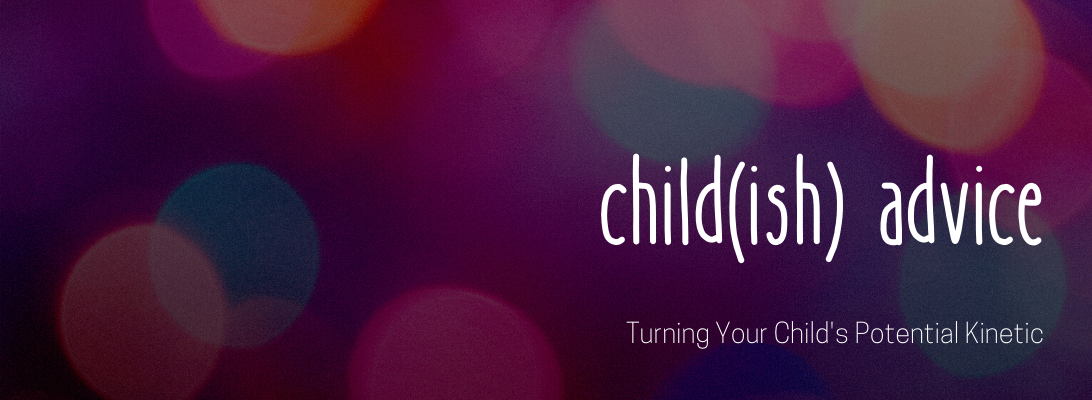Yesterday’s post about learning styles explained that it is better to present new concepts to kids in a variety of different ways. Some new information is easier to understand using a primary modality, like teaching science using kinesthetic/hands-on experimentation rather than reading it from a book. But for other types of information, you can use a varied approach to support deeper learning.
Visual Learners
Visual learners use observation to obtain intel and can recall what they see. They also tend to envision a topic or play an image reel in their head when processing information. They gravitate to colors, helping them understand given material.
- Let them draw pictures in the margins when learning something new
- Look at graphics with text that explains the images
- Utilize maps, charts, and/or diagrams
- Use picture flashcards to retain knowledge
- Watch videos that reinforce what they’re learning
- Use different color markers/pens/highlighters
Be mindful not to overstimulate the visual system with too much variety all at once. This can easily overwhelm and distract.
Auditory Learners
Auditory learners can recall what they hear and gain information through listening/speaking. They retain information better when they hear their own voice and like to convert everything into an audio format.
- Encourage reading aloud or talking through what they are learning
- Recorded lessons are helpful, even better using noise-cancelling headphones to block extraneous noises
- Make up rhymes, songs, or stories when studying
Because auditory learners can be easily distracted with other noises or conversations around them, provide quiet areas for them to focus with minimal to no interruptions.
Read/Write Learners
Read/Write Learners fair well with the traditional study method of reading text and taking notes, preferring words over images or oral lectures when learning something new.
- Take a lot of notes with much detail
- Rewriting and rewriting notes, paraphrasing the information into their own words
- Keeping handouts and reading websites/books pertaining to the topic
- Translate visual aids (like charts or pictures) into words
- Organize notes using headlines and lists
- Create checklists to guide studying
Read/write learners can be independent studiers. Provide them with pens and a lot of paper as well as a quiet environment to focus.
Kinesthetic Learners
Kinesthetic learners learn best through movement and manipulating objects. They need to involve their whole body in learning and will remember the material best with experimentation or through practical experience.
- Use art and craft mediums (clay modeling, drawing, painting, etc) to understand information
- Turn studying into a fun activity or game that is both mental and physical
- Utilize fidgets or other items related to concept
- Allow for movement during lessons or movement breaks after learning new material
- Highlight or underline sentences or passages that are meaningful while reading
- Let them act out what they just learned to help process information
The ideal approach for kinesthetic learners is to incorporate physical activity while mentally processing what they learned. Additionally, their brains are more prepared for learning when given time to release excess energy through movement. Limit how much time they’re seated and give them opportunities to learn by doing.
Moral of the Story: Do NOT just rely on one method of learning.
What we’ve offered are different study habits and tips that appeal to specific learning styles, but for early learning, you should keep things varied. This gives your kids multiple ways to learn and retain information. Pick a couple things from each list to create a layered approach that appeals to all of the learning senses. Also remember, at this age, it’s vital to incorporate play, so your approach should not feel regimented or like you’re running a study hall.
So let’s put this into action: Patti’s twins are learning about mountains and the forest in school.
How can we support this curriculum?
- Show pictures of the national parks (visual)
- Create a landscape with Legos (kinesthetic)
- Draw a landscape (visual)
- List the animals found in the woods (read/write)
- Ask what sounds the animals make (audio)
- Watch to a nature documentary (audio/visual)
- Go camping in the backyard or hiking (kinesthetic)
- Make a packing list for camping (read/write)
- Look at a physical map of the US with mountain ranges (visual/kinesthetic)
- Read a bedtime book that takes place in the woods (audio/visual)
- See if they can identify the different types of trees at the park (kinesthetic/visual)
- Collect leaves and make a scrapbook (kinesthetic/visual)
- Listen to nature sounds on an app or sound machine before bed (audio)
- Go to the library and find new books and/or picture books about mountains and forests (kinesthetic/visual/read)
- Play charades(kinesthetic) or Pictionary(visual) with themed words
- Create flashcards with themed words (read/write) that have a picture on the back (visual)
The good news is that lots of early childhood education is fun and easy. With a flexible mindset, you can really support active learning. Happy brainstorming!
Follow Child(ish) Advice on Facebook, Twitter, Pinterest, Instagram, and now on TikTok.
One year ago: What’s Your Parenting Patronus?
Two years ago: Playing in Prone: Superman Activities


